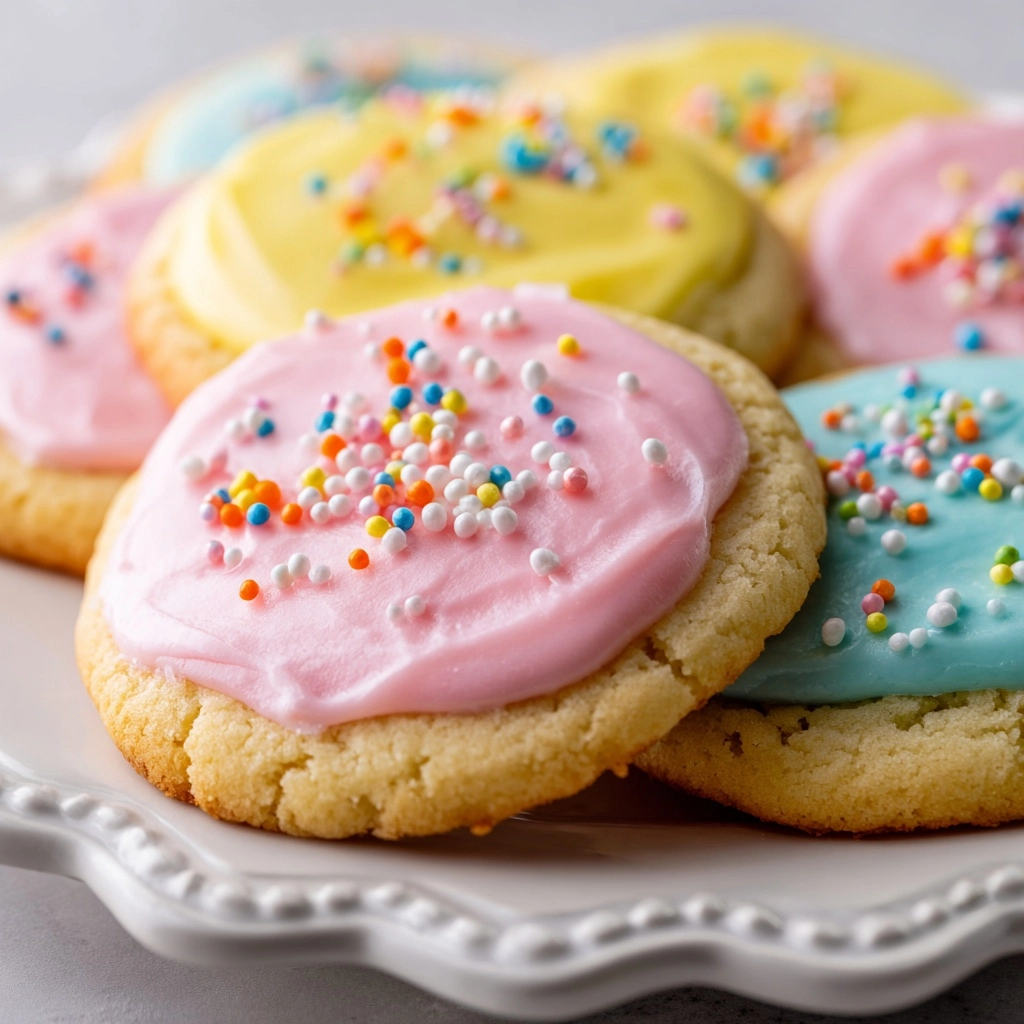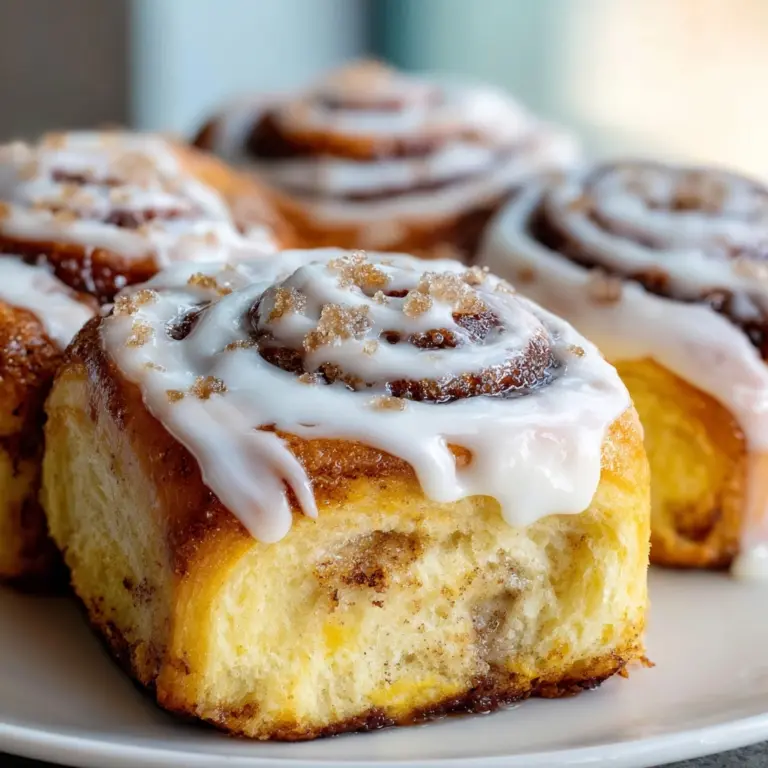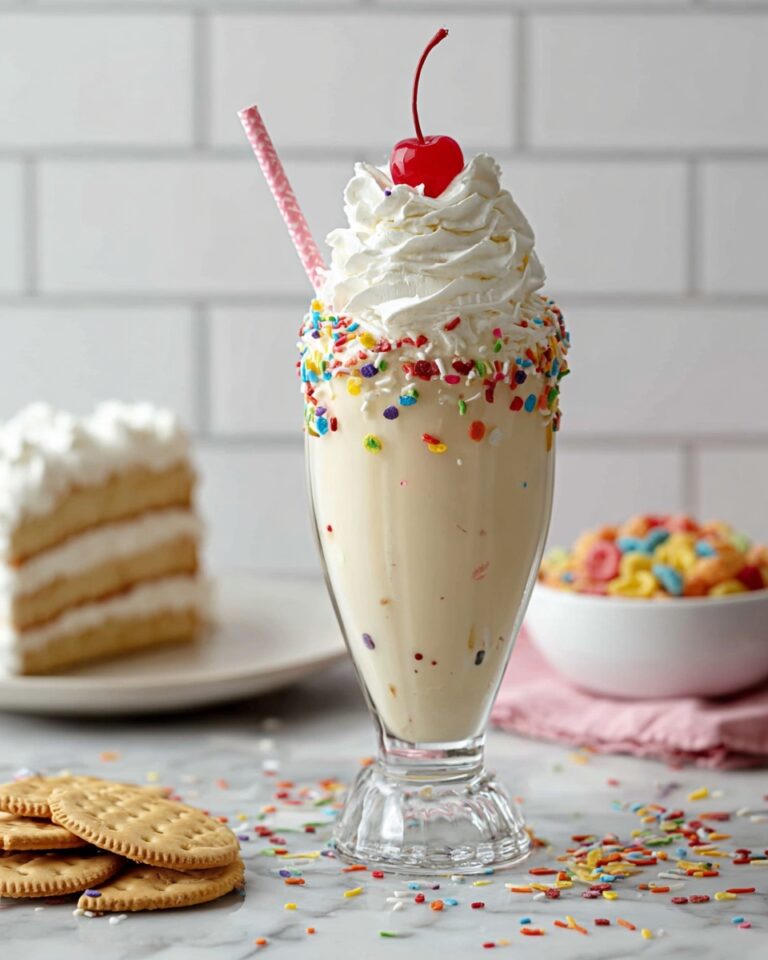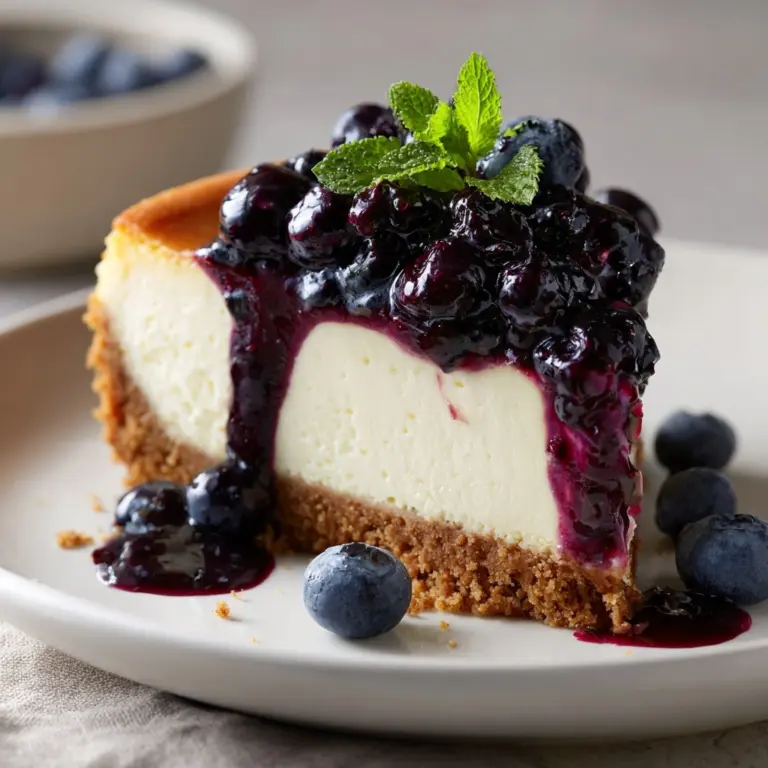If you’re searching for the perfect way to add a splash of springtime fun to your dessert table, these Easter Egg Sugar Cookies are your answer. Soft, buttery, and delicately sweet, they’re as delightful to make as they are to eat—especially when decorated in pastel hues and sparkling sprinkles. This recipe transforms a classic sugar cookie into a whimsical treat that captures the magic of Easter, making it a must-bake for family gatherings, classroom parties, or just a cheerful afternoon in the kitchen.

Ingredients You’ll Need
The beauty of these Easter Egg Sugar Cookies lies in their simplicity; each ingredient plays a key role in creating cookies with a tender crumb and gorgeous finish. Let’s take a closer look at what you’ll need and why these everyday staples make all the difference.
- All-purpose flour: The backbone of the cookie, providing structure and that familiar soft bite.
- Baking soda: Gives the cookies a gentle lift, ensuring they bake up light and tender.
- Baking powder: Works hand-in-hand with baking soda for just the right amount of rise.
- Salt: A pinch brings out all the other flavors and keeps the cookies from tasting flat.
- Unsalted butter (softened): Adds richness and creates a melt-in-your-mouth texture—be sure it’s at room temperature for easy creaming!
- Granulated sugar: Sweetens the dough and helps achieve those crisp, golden edges.
- Large egg: Binds everything together and adds moisture for the perfect chewy center.
- Vanilla extract: Infuses the cookies with classic, comforting flavor.
- Almond extract (optional): Just a hint brings a lovely, unexpected dimension to the flavor profile.
- Pastel royal icing or colored glaze: The secret to those beautiful, spring-inspired decorations.
- Sprinkles or sanding sugar (optional): For a playful finish and extra crunch—totally optional, but highly recommended!
How to Make Easter Egg Sugar Cookies
Step 1: Whisk the Dry Ingredients
Start by grabbing a medium bowl and whisking together your flour, baking soda, baking powder, and salt. This step ensures all the leaveners and seasoning are evenly distributed, so your cookies bake consistently soft and tender with every batch.
Step 2: Cream Butter and Sugar
In a large mixing bowl, beat the softened butter and granulated sugar together until the mixture is light and fluffy. This should take about 2 to 3 minutes with an electric mixer. Creaming incorporates air into the dough, creating that irresistible, delicate crumb in your Easter Egg Sugar Cookies.
Step 3: Add Egg and Extracts
Beat in the egg, vanilla extract, and almond extract if you’re using it. The egg binds the dough and keeps the cookies moist, while the extracts infuse your cookies with layers of flavor that shine through even after baking.
Step 4: Combine Wet and Dry Ingredients
Gradually add the dry ingredients to the wet mixture, mixing on low speed until a soft dough forms. Take care not to overmix—stop as soon as there are no visible streaks of flour to keep your cookies perfectly tender.
Step 5: Chill the Dough
Divide the dough in half, shape each half into a disc, and wrap tightly in plastic wrap. Chill for at least 1 hour. This makes the dough easier to roll out and helps prevent your Easter Egg Sugar Cookies from spreading too much in the oven.
Step 6: Roll and Cut
On a lightly floured surface, roll out one disc of dough at a time to about 1/4-inch thickness. Use an egg-shaped cookie cutter to stamp out your cookies and place them on a parchment-lined baking sheet, leaving a little space between each one.
Step 7: Bake
Bake the cookies in a preheated 375°F oven for 8 to 10 minutes, just until the edges are barely golden. Let them cool on the baking sheet for 5 minutes before transferring to a wire rack—this keeps them from breaking while they’re still soft.
Step 8: Decorate
Once your cookies are completely cool, it’s time for the fun part: decorating! Use pastel royal icing or colored glaze to create festive designs, then add sprinkles or sanding sugar for that extra touch of sparkle. Get creative—no two Easter Egg Sugar Cookies need to look the same!
How to Serve Easter Egg Sugar Cookies

Garnishes
A drizzle of pastel icing gives these cookies their signature spring look, but don’t stop there! Add a scattering of edible glitter, pearly dragées, or a gentle dusting of sanding sugar for extra shimmer. If you’re feeling artistic, pipe on polka dots, stripes, or even little floral patterns—these cookies are your canvas.
Side Dishes
Easter Egg Sugar Cookies pair perfectly with a cold glass of milk, a cup of fragrant tea, or a frothy latte. For a festive dessert spread, arrange them alongside chocolate eggs, fresh fruit, or a bowl of lemon sorbet for a refreshing contrast.
Creative Ways to Present
For a show-stopping centerpiece, arrange your cookies in a nest of pastel paper grass on a cake stand or large platter. You can also wrap a few cookies in cellophane bags tied with ribbon for adorable party favors. If you’re hosting a gathering, set up a “cookie decorating station” and let guests personalize their own Easter Egg Sugar Cookies.
Make Ahead and Storage
Storing Leftovers
Keep your Easter Egg Sugar Cookies fresh by storing them in an airtight container at room temperature. They’ll stay soft and delicious for up to 5 days—just be sure to separate layers with parchment paper if you’ve decorated them, so the icing doesn’t smudge.
Freezing
If you want to get ahead, freeze the undecorated cookies in a freezer-safe container for up to 3 months. For best results, layer parchment between them to prevent sticking. When you’re ready to decorate, simply thaw the cookies at room temperature and add your icing and sprinkles.
Reheating
While these cookies are best enjoyed at room temperature, you can refresh them by popping a few in a 300°F oven for 2 to 3 minutes. This brings back a little of that just-baked aroma and softens the crumb—just be sure to do this before decorating!
FAQs
Can I make the dough ahead of time?
Absolutely! You can prepare the dough and keep it tightly wrapped in the fridge for up to 2 days, or freeze it for up to a month. Just let it thaw overnight in the fridge before rolling and baking.
How do I keep my cookies from spreading?
Chilling the dough is key. If your kitchen is warm or the dough seems sticky, chill it for an extra 15 to 30 minutes. Also, make sure your baking sheets are cool before adding the next batch.
What’s the best icing for decorating Easter Egg Sugar Cookies?
Royal icing is a favorite for its smooth finish and quick drying time, but a simple colored glaze works beautifully too. Use gel food coloring for vibrant pastels without thinning the icing.
Can I make these gluten free?
Yes! Substitute a high-quality 1:1 gluten-free baking flour for the all-purpose flour. Check your baking powder and sprinkles to make sure they’re gluten free as well.
How can kids help with this recipe?
Little hands will love cutting out the egg shapes and decorating with icing and sprinkles. It’s a great way to get the whole family involved—just be ready for a bit of (fun!) mess in the kitchen.
Final Thoughts
There’s just something magical about baking and decorating a batch of Easter Egg Sugar Cookies, especially when you see the smiles they bring. I hope you’ll make these a new tradition—get creative, have fun, and don’t forget to share your colorful creations with friends and family!
Print
Easter Egg Sugar Cookies Recipe
- Prep Time: 20 minutes (plus at least 1 hour chilling)
- Cook Time: 10 minutes
- Total Time: 1 hour 30 minutes
- Yield: 24 cookies
- Category: Dessert
- Method: Baking
- Cuisine: American
- Diet: Vegetarian
Description
These Easter Egg Sugar Cookies are classic, soft, and buttery sugar cookies decorated with pastel royal icing or colored glaze, perfect for spring celebrations and holiday baking. They are easy to make and fun to decorate, delivering a delightful treat for all ages.
Ingredients
Dry Ingredients
- 2 3/4 cups all-purpose flour
- 1 teaspoon baking soda
- 1/2 teaspoon baking powder
- 1/2 teaspoon salt
Wet Ingredients
- 1 cup unsalted butter (softened)
- 1 1/2 cups granulated sugar
- 1 large egg
- 1 teaspoon vanilla extract
- 1/2 teaspoon almond extract (optional)
Decoration
- Pastel royal icing or colored glaze for decorating
- Sprinkles or sanding sugar (optional)
Instructions
- Prepare Dry Ingredients: In a medium bowl, whisk together the all-purpose flour, baking soda, baking powder, and salt until well combined to ensure even distribution of the leavening agents.
- Cream Butter and Sugar: In a large mixing bowl, use an electric mixer to cream the softened unsalted butter with the granulated sugar until the mixture is light in color and fluffy, approximately 2 to 3 minutes, which creates a tender cookie texture.
- Add Egg and Extracts: Beat in the large egg, vanilla extract, and almond extract (if using), mixing thoroughly to combine all wet ingredients, enriching the flavor and binding the dough.
- Combine Ingredients: Gradually add the dry ingredient mixture to the wet mixture, mixing on low speed until a soft dough forms, avoiding overmixing to keep the cookies tender.
- Chill the Dough: Divide the dough in half and shape each portion into a disc. Wrap each disc tightly in plastic wrap and refrigerate for at least 1 hour to firm up the dough, which helps prevent cookies from spreading during baking.
- Roll and Cut: On a lightly floured surface, roll out one disc of dough at a time to about 1/4-inch thickness. Use an egg-shaped cookie cutter to cut out cookies and place them on a baking sheet lined with parchment paper, spacing them evenly for even baking.
- Bake: Preheat the oven to 375°F (190°C). Bake the cookies for 8 to 10 minutes or until the edges start to turn golden, indicating they are perfectly baked without becoming too hard.
- Cool the Cookies: Allow the cookies to cool on the baking sheet for 5 minutes to set their shape, then transfer them to a wire rack to cool completely, ensuring the icing sets properly later.
- Decorate: Once cooled, decorate your Easter egg cookies with pastel royal icing or colored glaze, adding sprinkles or sanding sugar as desired for a festive look and added texture.
Notes
- Chilling the dough before baking helps keep the cookies from spreading and maintains their shape.
- Use gel food coloring to tint icing without thinning it out, ensuring vibrant colors and proper consistency.
- Cookies can be stored in an airtight container at room temperature for up to 5 days to maintain freshness.
- Undecorated cookies can be frozen for up to 3 months; thaw and decorate when ready to enjoy.
Nutrition
- Serving Size: 1 cookie
- Calories: 170
- Sugar: 13g
- Sodium: 90mg
- Fat: 7g
- Saturated Fat: 4g
- Unsaturated Fat: 2g
- Trans Fat: 0g
- Carbohydrates: 25g
- Fiber: 0g
- Protein: 2g
- Cholesterol: 25mg








